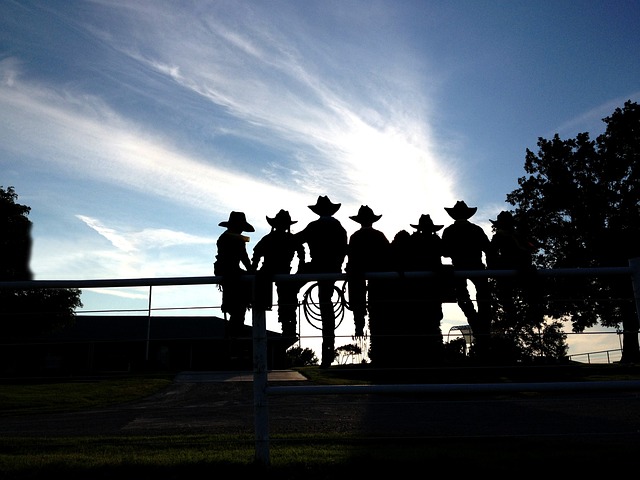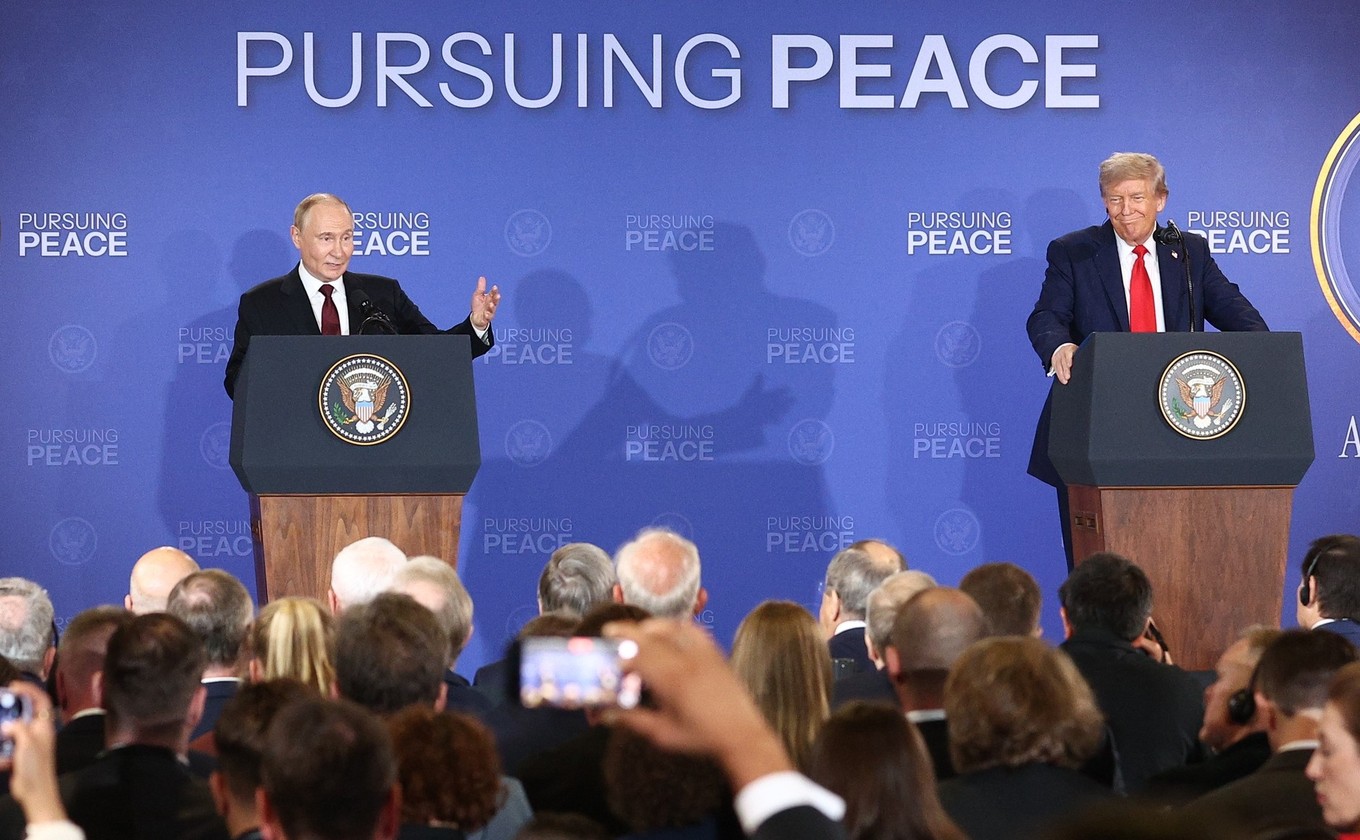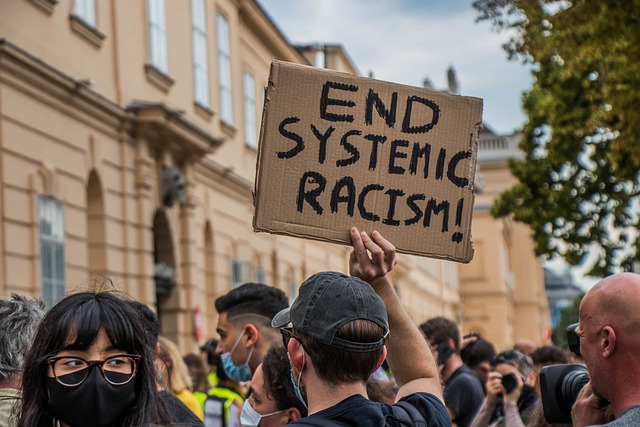
Mines, iron ore and forests have long been part of Sweden’s basic industry. The iron could be refined into swords and cannons, and the forest into ships, buildings and furniture. But it was during the later stages of the industrial revolution, between 1870 and 1970, that Sweden became one of the richest nations in the world, with a standard of living similar to that of Switzerland and America’s most developed states.
Laissez-faire
This success was due to tradition, craftsmanship and human capital, but also a dose of political reform, with the introduction of the concept of laissez-faire. The economy was greatly liberalised, which contributed to the expansion of trade and industry. Stockholm’s stately turn-of-the-century houses and beautiful merchant villas were all built during this successful period.
Neutrality and peace
Staying out of the two world wars contributed further to the economy. And we also saw a cultural shift, where Germany, the UK and France had previously been role models, now the US became the great cultural inspiration. During the latter phase, 1950-70, efficient fighter planes, nuclear power plants, telecommunications and much more were built, helping to establish Sweden as a record-breaking country.
The Social Democrats, the oil crisis and the high-tax society
The first major shake-up came in the early 1970s, when the global oil crisis contributed to economic problems with closures in the shipbuilding and textile industries. Taxes were shockingly increased to establish social safety nets for the unemployed. The increasingly radical social democratic government did not hesitate to change both the constitution and the country’s political direction. Sweden became more and more radical, and the high-tax society was established as something natural. And the short-lived centre-right government could not stop this development.
The wave of leftists
There was also a lot going on in the cultural sphere, with the so-called ’68 left-wing movement gaining ground in schools, academies, institutions and the media. The country was subjected to a wave of socialist experimentation, and Prime Minister Olof Palme was seen as a successful figure among left-wing intellectuals in the US, and he was cheered on and uplifted by this influential circle.
Ordinary wage earners in Sweden were left laughing as the municipal tax was raised from about 17% to 30% in a few years during the 1970s. The tax soon became families’ biggest expense, and the increase was launched in the name of solidarity. We should show solidarity with the unemployed, the socially excluded, immigrants and refugees from less favoured countries
Reagan, Thatcher and the New Right
Once again, we were facing a political shift. The global right-wing winds of the 1980s with Reagan and Thatcher also affected Sweden, where the social experiments were put on hold, and we got deregulation, independent schools and the sale of state-owned companies. Socialist became a dirty word, especially in connection with the fall of the Soviet Union. But the radical ideas lived on within social democracy, the environmental movement and the left-liberal bourgeoisie.
The turn of the century 2000
The market-liberal turnaround came to a halt. High-tax society was not dismantled. We did not see a return to the laissez-faire policies that once laid the groundwork for the record-breaking country. And how was it that private schools and health centres were still publicly funded after so many years? There was no will for reform to privatise them completely. Instead, society became more and more dependent on tax money, even if it wasn’t obvious; we got a social democratic system with a free market veneer.
Migration crisis and wave of violence
Soon the concept of free immigration was seen as a political opportunity. Anti-racism and value-based work became new buzzwords. The social experiments were back, Sweden would become multicultural, and we would adapt to the climate threat and embrace sexual deviants. 68-activism was taken a step further, in a more tone-deaf and unanalysed form. The ruling class saw itself as threatened by fascists and all kinds of dark forces. Soon, the slightest dissatisfaction with the prolific refugee policy could result in accusations of racism and ostracism. A deep political divide spread between those who wanted to stop the experiments and those who wanted to continue. At the same time, we are experiencing an acute social breakdown, with serious crime on the streets and squares, and hundreds of thousands in social exclusion and welfare dependency.
Many see a bleak future and ask how one of the world’s most successful countries could fall so hard?
External influences
All of the above is familiar to most people. What is the point of repeating it over and over again? Except that there are people who still believe that the social democrats built the country, or that the high-tax society is something we’ve always had, or that our left-liberal culture is something innate. This is not the case, of course. Sweden has changed a great deal since the late 1960s, as has the mentality and attitude of its inhabitants towards the economy and culture.
The bottom line is that we are too often subject to external influences. From the laissez-faire policy that freed Sweden from regulation and prohibition and allowed the economy to flourish in the late 19th century. It was an international trend, and the ruling class was forced to adopt new fashions to adapt to new times. And as for the policy of neutrality that kept us out of both world wars, this was not a new invention, but also a result of previous international entanglements. Social democracy and social liberalism, which influenced us after the world wars, were also part of the international trend. As well as the bombastic modernism that made us demolish old buildings and city centres. The left-wing wave and the 1968 movement also came from abroad. So did neoliberalism in the 1980s. The new woke left, the climate change movement and the migration crisis are also global phenomena.
As a country, Sweden is extremely trend-sensitive; we like to embrace global trends, reinforce them and exaggerate them. Even the high-tax society is imported from the solidarity liberal democratic agenda, in an enhanced and degenerate form. Breaking with the long-term policy of neutrality is also about going with the flow and the ideas that prevail at the moment. Neutrality and pluralism are passé in a world that is extremely polarised, where everything is black or white, friend or foe.
In other words, dark global political trends are not good for Sweden. Soon we will borrow the ideas and make them even darker.
It’s time to create something of our own.







